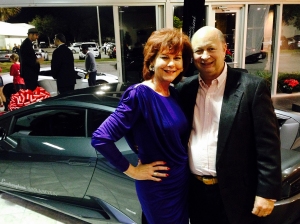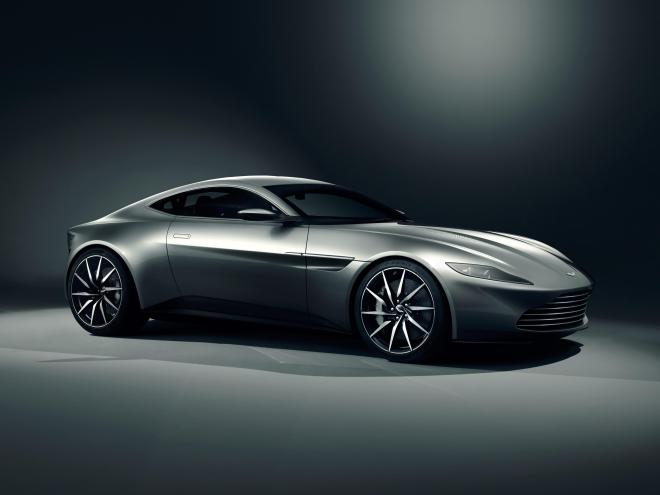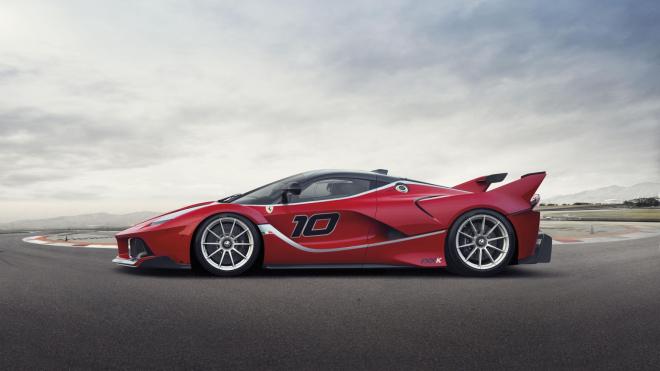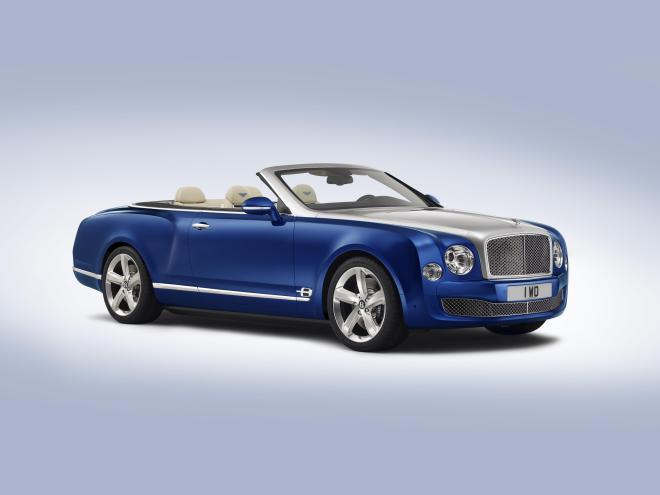
Miami. At the 2014 Art Basel in Miami Beach, BMW will present two of its legendary BMW Art Cars – the BMW 320 by Roy Lichtenstein (1977) and the BMW M3 by Michael Jagamara Nelson (1989). BMW is inviting visitors to view the BMW Art Car by Roy Lichtenstein in the Botanical Garden next to the fair and the BMW Art Car by Michael Jagamara Nelson will be on display in Art Basel`s Collectors Lounge in the Convention Center.
On December 3, 2014, BMW will announce a new global art initiative in collaboration with Art Basel aimed at supporting emerging artists.
In 1977, Roy Lichtenstein designed the third vehicle in the BMW Art Car Collection, a BMW 320 Group 5. The colourful, vibrant Pop-art landscape reflects his famous comic strip style in the paintwork, the surroundings flashing by depicting the driver’s view from the moving racing car. Created in 1989, the Australian artist, Michael Jagamara Nelson, chose the depiction of nature from aerial view for the design of his Art Car. His BMW M3 Group A is covered in mythological Aborigine shapes and patterns. Both BMW Art Cars will be on view until the end of the fair on December 7, 2014.
For almost 40 years now, the BMW Art Car Collection has fascinated art and design enthusiasts as well as car and technology aficionados all over the world with its unique symbiosis of fine art and innovative automotive technology. Until now, the collection includes 17 vehicles that were created by renowned artists such as Frank Stella, Roy Lichtenstein, Robert Rauschenberg, Jenny Holzer, Olafur Eliasson and Jeff Koons and has been presented at art fairs and museums all over the world. In 2014, BMW published the first comprehensive publication about the legendary BMW Art Cars -published by Hatje Cantz.
The BMW Art Car by Roy Lichtenstein, 1977
“I pondered on it for a long time and put as much into it as I possibly could. I wanted the lines I painted to be a depiction the road showing the car where to go. The design also shows the countryside through which the car has travelled. One could call it an enumeration of everything a car experiences – only that this car reflects all of these things before actually having been on a road,” said Roy Lichtenstein commenting on his design of the BMW 320i.
Roy Lichtenstein, who was born in New York in 1923, is considered to be one of the founders of American pop art. Until 1938 he painted portraits of jazz musicians, attended the “Art Students League”, finally studying art in Ohio. His earlier works range from cubism to expressionism. He did not become interested in trivial culture such as comics and advertising until the late fifties. His pop art paintings were created in 1961. These were followed by caricatures of the “American way of life”, experiments with well-known works of art, sculptures and films. He died in New York in 1997.
Roy Lichtenstein – The BMW 320 group 5 racing version
- four-cylinder in-line engine
- 4 valves per cylinder
- twin overhead camshafts
- displacement: 1999 cm³
- power output: 300 bhp
- top speed: 290 km/h
After its completion, Roy Lichtenstein’s Art Car was able to celebrate its premiere twice – as a work of art at the Centre Pompidou in Paris and as a racing car in the 24-hour race at Le Mans in June 1977. The car was driven by Hervé Poulain and Marcel Mignot from France. The car with the number 50 achieved a ninth place in the overall rating and finished first in its class.
The BMW Art Car by Michael Jagamara Nelson, 1989
“A car is a landscape as it would be seen from a plane – I have included water, the kangaroo and the opossum.” Michael Jagamara Nelson
After seven days of hard and meticulous work, the Australian artist Michael Jagamara Nelson had transformed the black BMW M3 into a masterpiece of Papunya art. However, the geometric shapes only appear to be abstract. To the expert they reveal kangaroos or emus. Papunya paintings embody religious myths (“Dreaming”) passed on for thousands of years by generations of Aborigines in the form of rock and cave paintings. They constitute their cultural roots and are a source of inspiration for the future. The artist, who was born in Pikili, Australia, in 1949, is a member of the Warlpiri tribe and grew up in the Aborigine tradition. He learnt the ancient painting techniques used by his ancestors from his grandfather and developed a new style based on them. Since the mid-eighties Nelson has been considered the leading representative of the Papunya-Tula movement. His outstanding work includes a large mosaic, which stands in front of the Australian parliament building in Canberra, and an impressive looking wall in the foyer of the Sydney Opera House.
Michael Jagamara Nelson – The BMW M3 group A racing version
- four-cylinder in-line engine
- four valves per cylinder
- twin overhead camshafts
- displacement: 2332 cm³
- power output: 300 bhp
- top speed: 280 km/h
The M3 designed by Nelson comes from BMW Australia’s motor racing section which was then headed by the well-known racing driver Frank Gardner. In 1987 Tony Longhurst drove this car to victory in the Australian AMSCAR Championship. The M3 was employed by the Mobil 1 racing team in 1988. It was driven by the Australian several-times champion Peter Brock.
From December 4 to December 7, 2014 the Art Basel in Miami Beach will open its doors for the 13th time. This year, BMW will once again be supporting the show as official partner. More than 250 leading galleries from North and South America, Europe, Asia and Africa will show masterpieces of Modern and contemporary art as well as new art pieces created by emerging artists. As in previous years, BMW will provide BMW 7 Series vehicles as the official VIP shuttle service for visitors to the show.
In addition to the Art Basel’s shows in Basel, Miami Beach and Hong Kong, the BMW Group also supports other prestigious art initiatives worldwide such as the Gallery Weekend Berlin and the Kochi-Muziris Biennial in India. The company also cooperates on a long-term basis with numerous cultural institutions and artists around the world, supporting formats such as BMW Tate Live and the Preis der Nationalgalerie.










